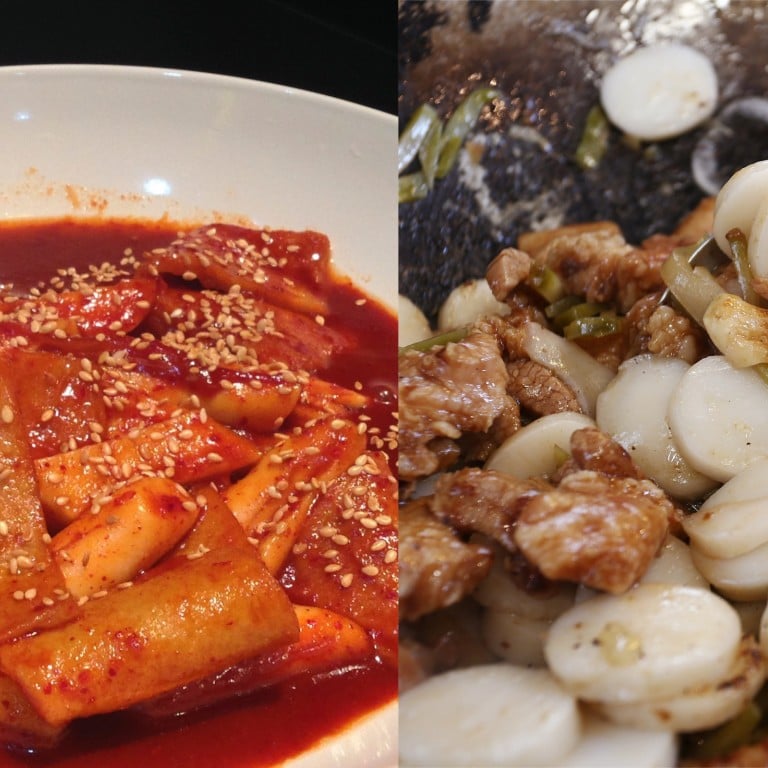Chinese niangao vs Korean tteokbokki – which rice cake dish came first, and what’s the origin story of the tasty Lunar New Year staple?

- Cultural food fights aren’t new – as we recently learned from the great kimchi wars YouTubers Li Ziqi and Hamzy got caught up in
- Nevertheless, Korean and Chinese rice cakes date back thousands of years, and both have their own claims to fame
Another food caught in the crosshairs of the online cultural food fight is the universally-beloved rice cake.

A versatile dish made with glutinous rice flour and compressed or combined with another binding substance, rice cakes exist in various shapes and are particularly prevalent in Asian cuisines. Like pasta, they possess almost no flavour by themselves, but when cooked with sauces they retain their chewy texture and absorb their complementary favours.
Chinese rice cakes, or niangao, are made from pounded rice and have a sticky, chewy texture. Niangao’s origin story may date back to as many as 2,500 years ago to Suzhou during a chaotic period of war, which lasted from 722 to 481BC. The Wu Kingdom’s prime minister was first credited with shaping glutinous rice flour into bricklike shapes and saving his people from starvation when his kingdom was besieged.
Niangao lore also tells of a Beijing custom that involves eating rice cakes on the first day of Lunar New Year back in the Liao dynasty. During the Ming and Qing Dynasties, niangao became a common staple, with different varieties developed in the north and south.

Meanwhile, literally translated as “stir-fried rice cake”, tteokbokki is a popular Korean street food that is made with small-sized garaetteok. Unlike the Chinese version that is sliced and flat, garaetteok is a long and cylindrically-shaped tteok, or rice cake, and has a significantly chewier bite than its Chinese counterpart.
